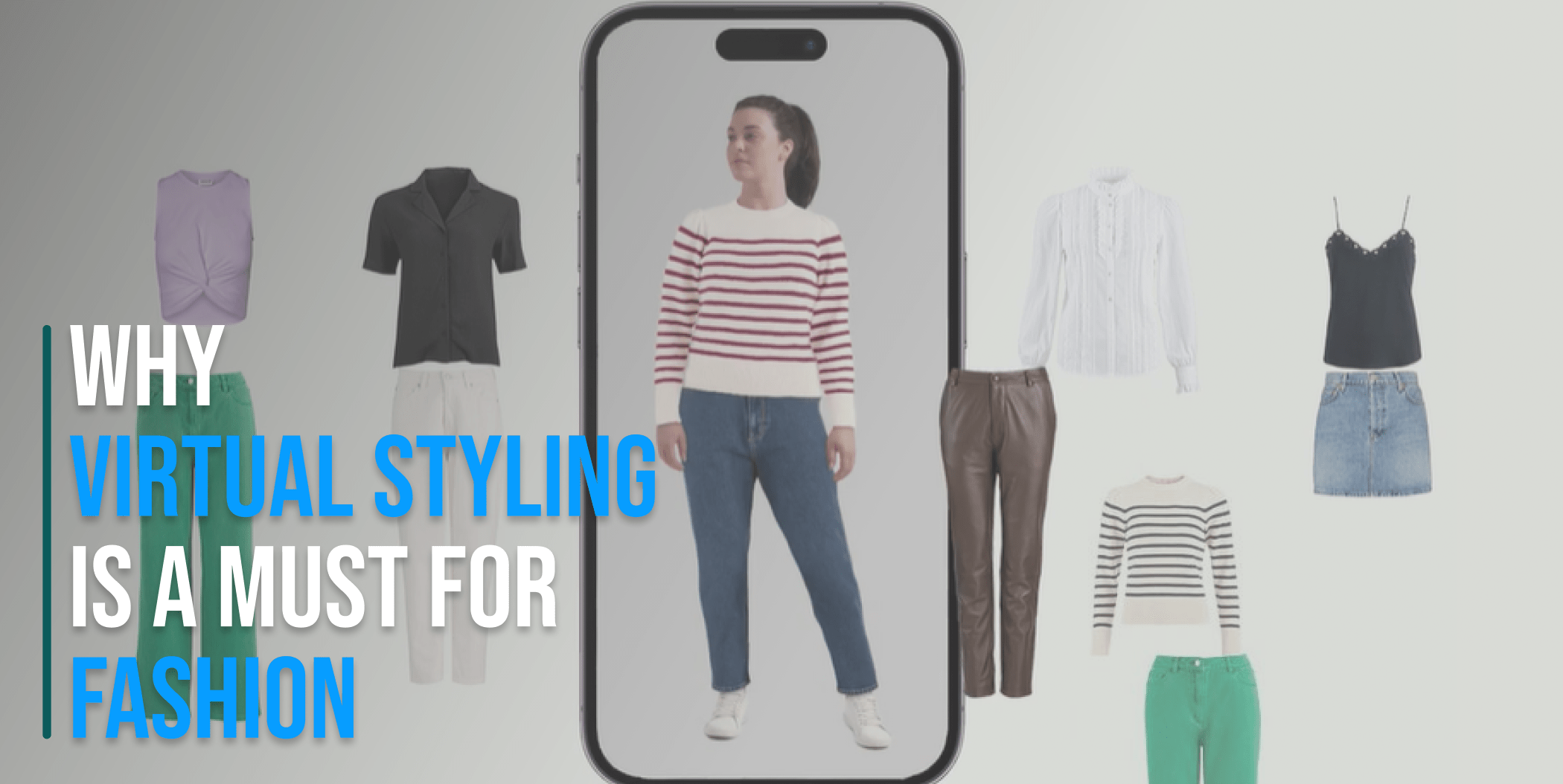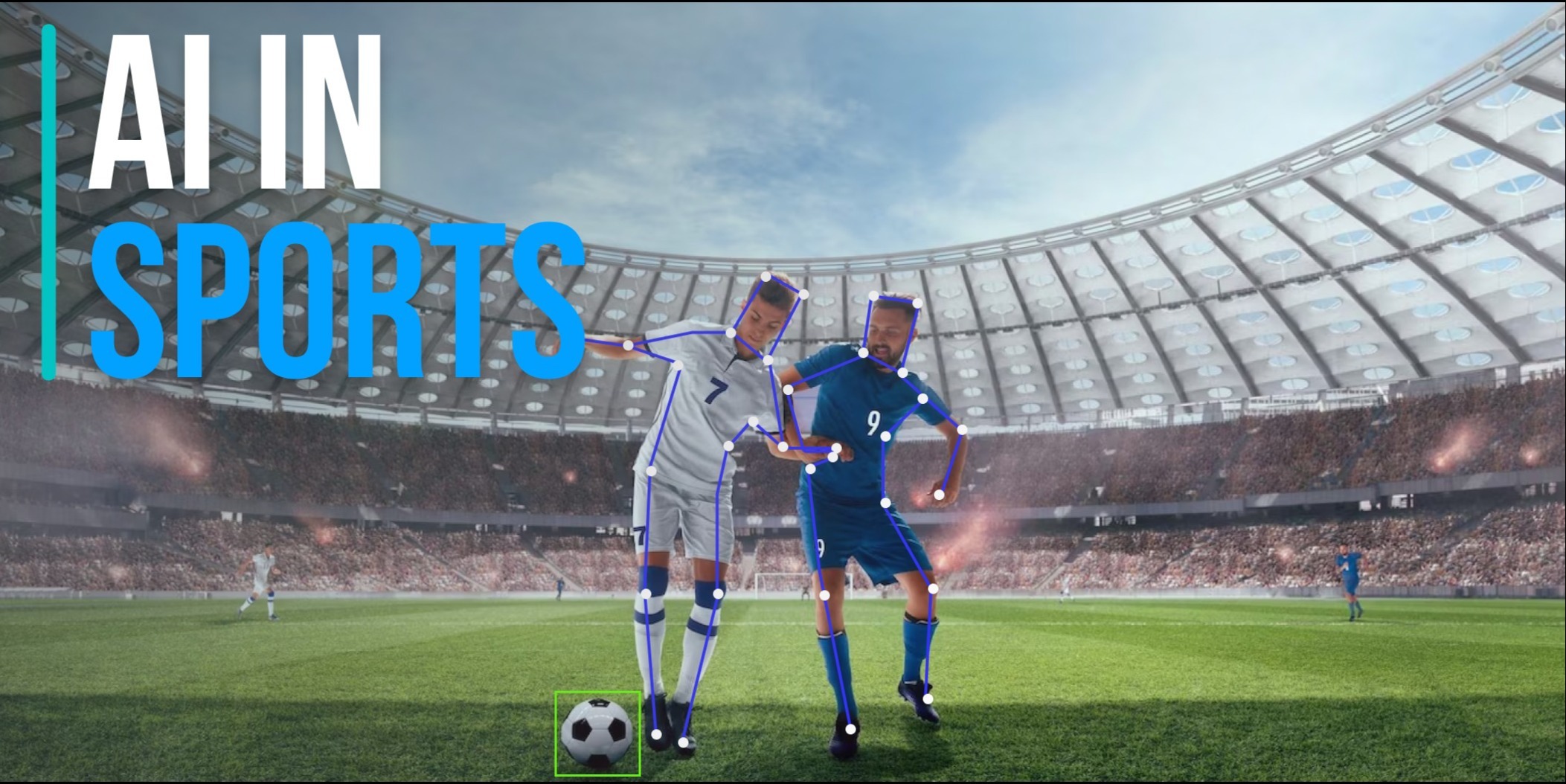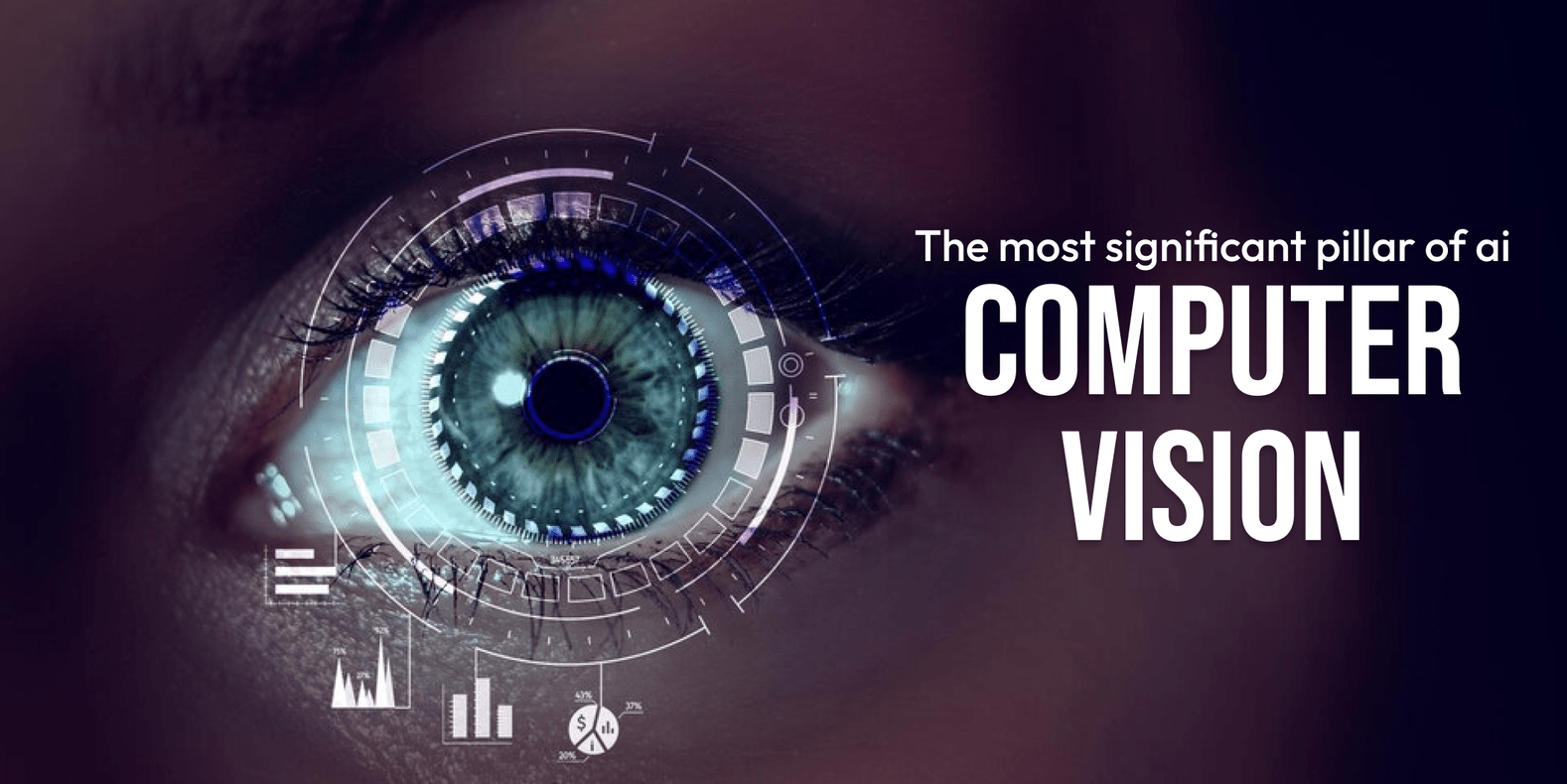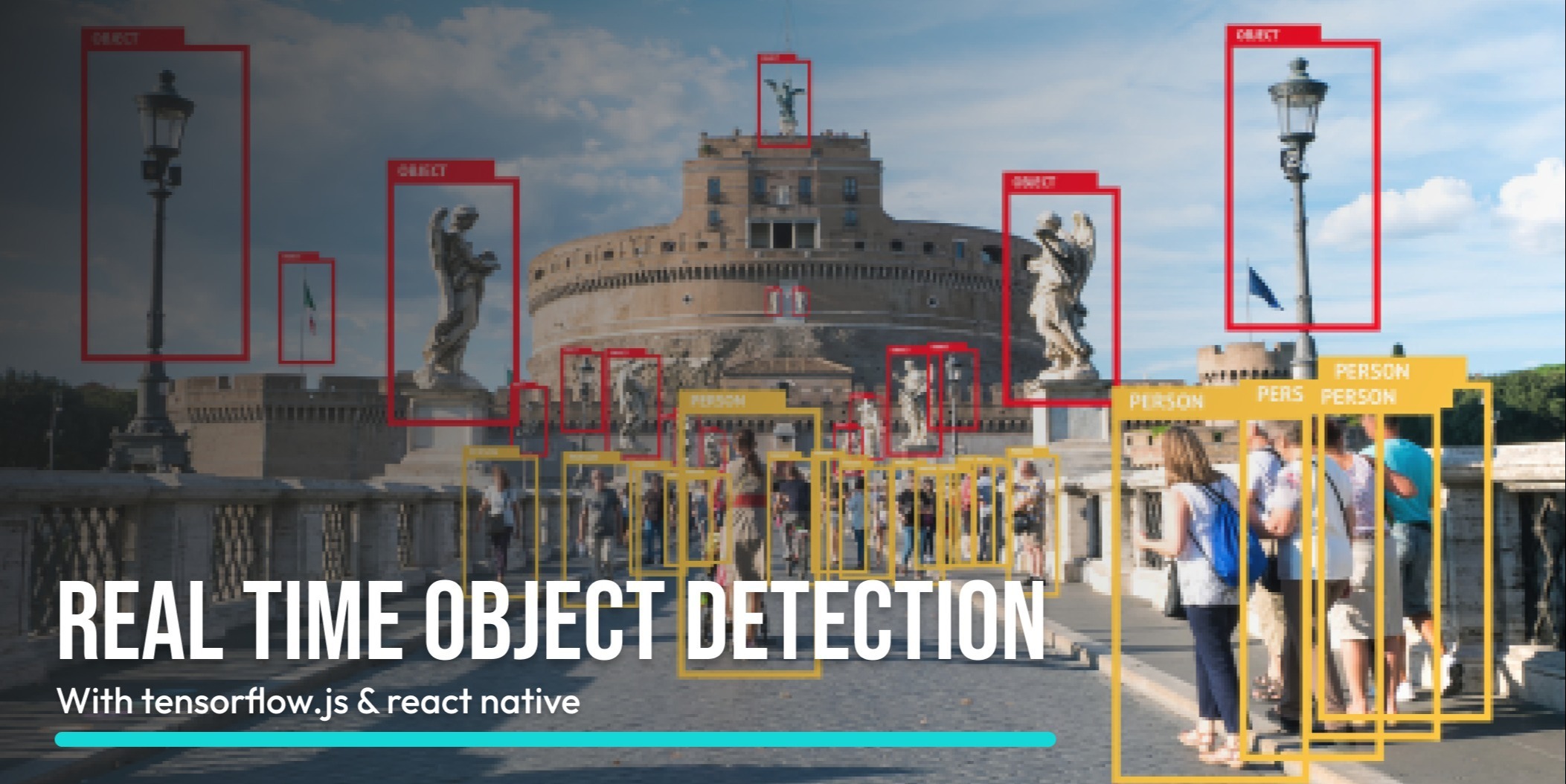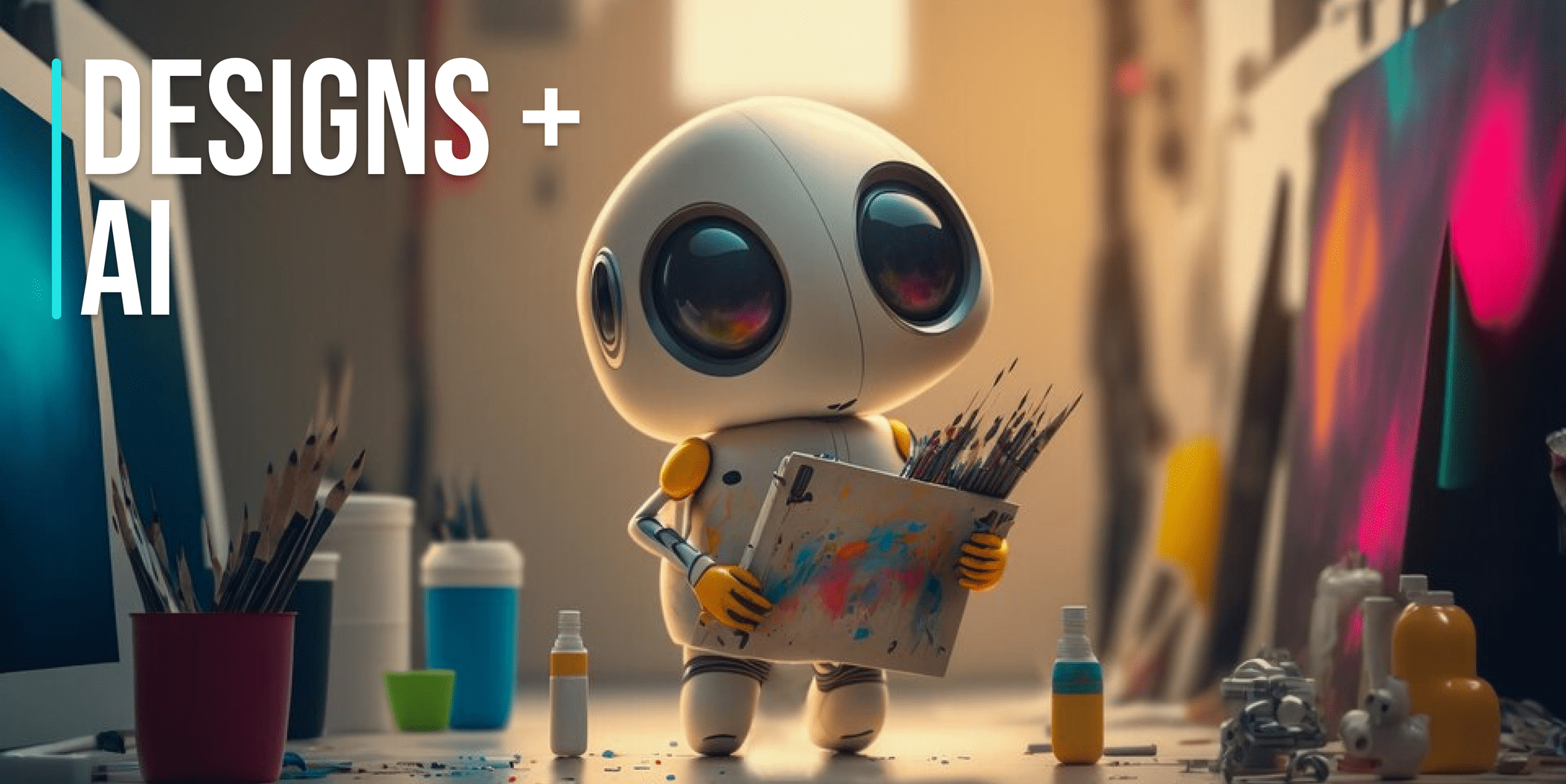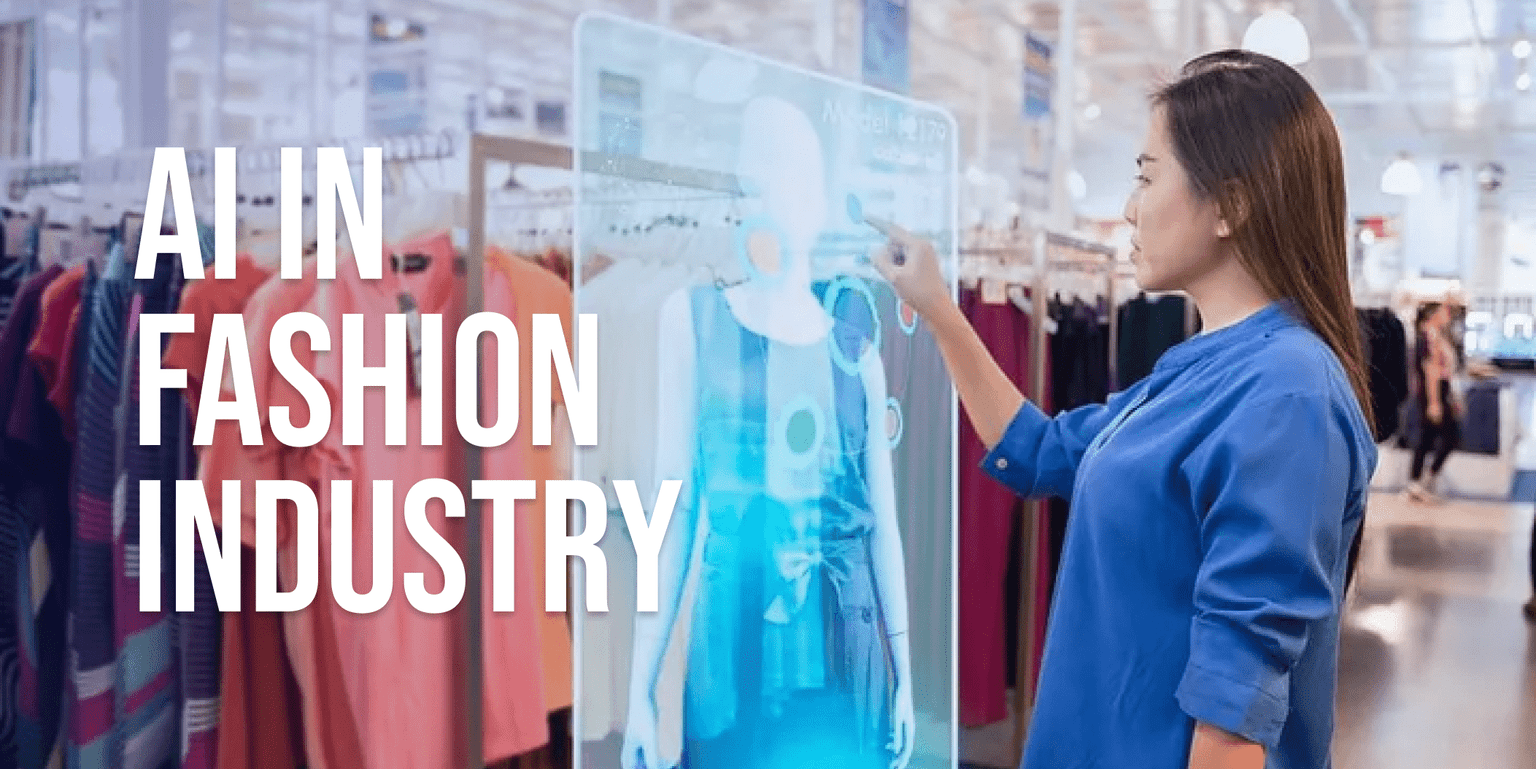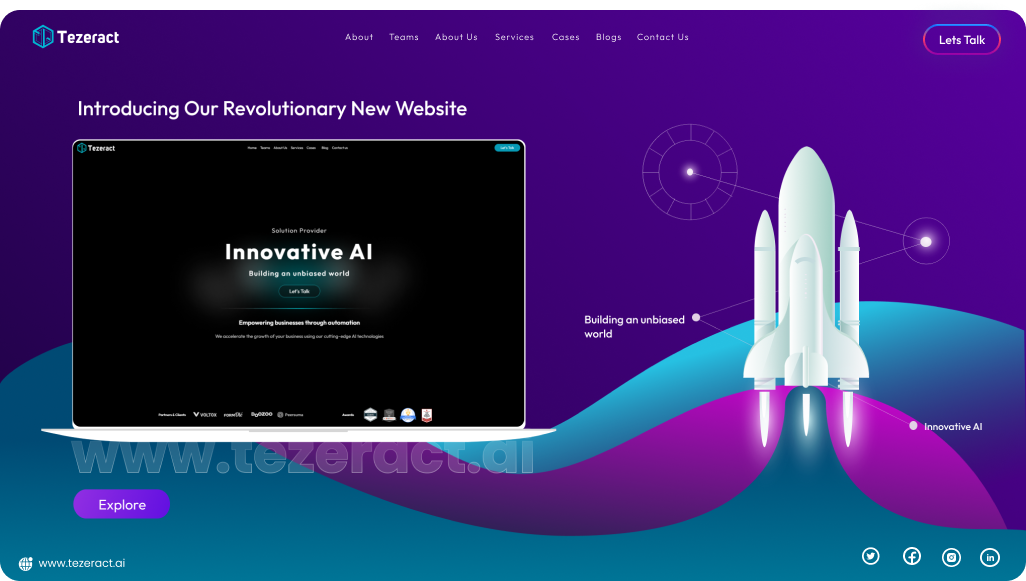Introduction
Convenience is the foundation of an outstanding ecommerce experience and a significant cause of online shopping’s recent growth. On the other hand inconvenient processes can turn shoppers off. But many brands neglect this crucial want of their customers, did you know that 70% of fashion returns are due to poor fit issues?
Join us on this journey as we explore the innovative synergy between data-driven AI and the fashion industry, unraveling the threads of a new era in virtual styling apps. It’s a tale of enhanced customer satisfaction, streamlined operations, and the perfect fit – all powered by Artificial Intelligence.
Numbers Talk: Virtual Styling For Fashion Brands
Reduced Environmental Impact
Virtual Styling For Fashion Brands reduces the need for physical clothing samples and fittings, significantly cutting down on waste production and carbon emissions. McKinsey predicts that the 4th generation technologies, including AI, can generate up to $1.2-2 trillion in value for manufacturing and supply chain, which includes a reduction in environmental impact.

Improved Customer Experience
Virtual styling enhances the customer experience by offering a more personalized and interactive shopping journey. Gartner forecasts that organizations using AI can expect a 25% growth in customer satisfaction, directly linked to improved customer experiences.
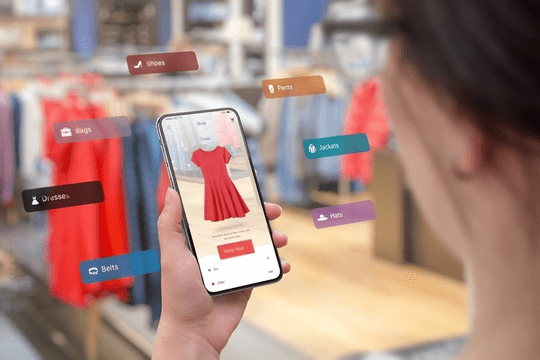
Increased Sales
Virtual styling boosts sales by assisting customers in finding the perfect clothes that match their preferences and budget. Accenture’s research indicates that AI has the potential to increase productivity by up to 40%, potentially doubling annual economic growth rates by 2025, which includes growth in sales.
Decreased Returns
Virtual styling addresses the challenge of returns by allowing customers to visualize how different clothing items will look on them before making a purchase decision, reducing the likelihood of returns. The National Retail Federation reports a 96% increase in returns since 2020, with poor fit accounting for a staggering 70% of these returns.
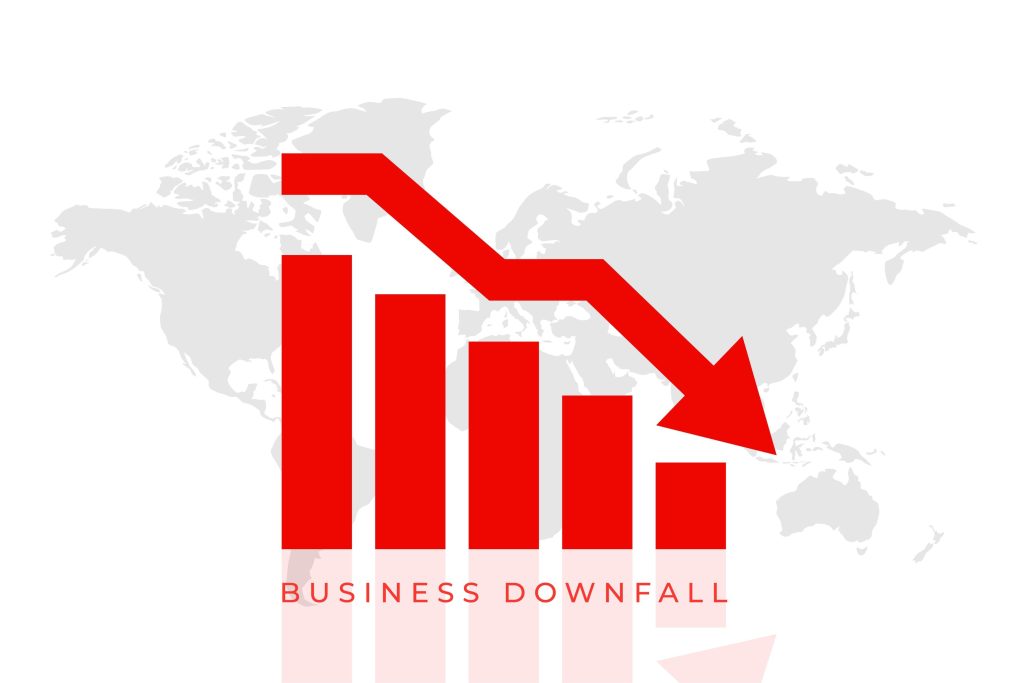
How Virtual Styling Is Being Used in the Fashion Industry
In the ever-evolving landscape of fashion, where online experiences blend seamlessly with the in-store ones, innovative brands are harnessing the power of virtual styling to provide futuristic and immersive retail experiences. Let’s explore a few pioneering examples:
Farfetch: Blending Offline and Online
Luxury brand Farfetch has been at the forefront of this revolution since 2017. They’ve introduced interactive mirrors in their physical stores that allow customers to request items in different colors and sizes without leaving the fitting room. A virtual in-app clothing rack lets customers record items as they pick them up, and holographic displays are used for selecting items to try on.
Farfetch leverages unique customer data and the understanding that a significant portion (70%) of luxury purchases are influenced by online experiences. Their mission is to enhance the customer journey by seamlessly merging the digital world with the real one.
Chanel’s Lipscanner: Precision in Beauty AR
In the beauty sector, Chanel has pioneered virtual reality technology to the next level with its Lipscanner. This innovative app can match any lip shade from any image taken with a smartphone to one from Chanel’s library of over 400 lip shades. It considers the user’s skin tone, age, and lip shape to simulate the most accurate desired lipstick color and texture.
The Lipscanner instills confidence in the product and how it will look before purchase. Virtual try-ons have shown remarkable success, with sales conversion RISING by 94%.
Gucci’s Virtual Try-On for Ace Sneakers
Gucci, a renowned fashion house, introduced virtual try-ons for its Ace sneakers in 2019. With this feature, users point their smartphone’s camera at their feet and select a shoe style. The app then overlays a virtual image of the sneakers on their feet. This innovative approach allows customers to see how the shoes look and fit before making a purchase decision.
Gucci’s virtual try-on exemplifies how fashion brands are utilizing technology to enhance the online shopping experience and mitigate concerns about product fit.
Innovative fashion brands are pushing the boundaries of virtual styling, and these examples showcase how technology is transforming the industry. By seamlessly integrating virtual experiences into their offerings, brands are not only enhancing the way customers engage with their products but also addressing concerns related to product fit. This convergence of fashion and technology signals a dynamic shift in the way we experience and interact with fashion, promising a more personalized, convenient, and enjoyable shopping journey.
Conclusion
As we wrap up our exploration of the fascinating world of virtual styling in the fashion industry, it’s clear that AI is reshaping the way we experience and interact with fashion. The journey towards enhanced customer satisfaction, streamlined operations, and a more sustainable future has only just begun. The fashion industry stands at the crossroads of innovation and tradition, and it’s up to brands to seize the opportunities that AI-powered virtual styling offers.
The renowned inventor and futurist Arthur C. Clarke once said, ‘Any sufficiently advanced technology is indistinguishable from magic.
Technology isn’t just a luxury anymore; it’s a necessity.
At Tezeract, we understand the unique challenges and opportunities your fashion brand faces. We’re here to help you harness the power of AI and technology to address your specific needs and overcome industry hurdles. To begin a tailored conversation about how AI can work for your brand, schedule a consultation call with our team.
Let’s embark on this exciting journey together, addressing your brand’s unique concerns and shaping the future of fashion through innovation and technology.

